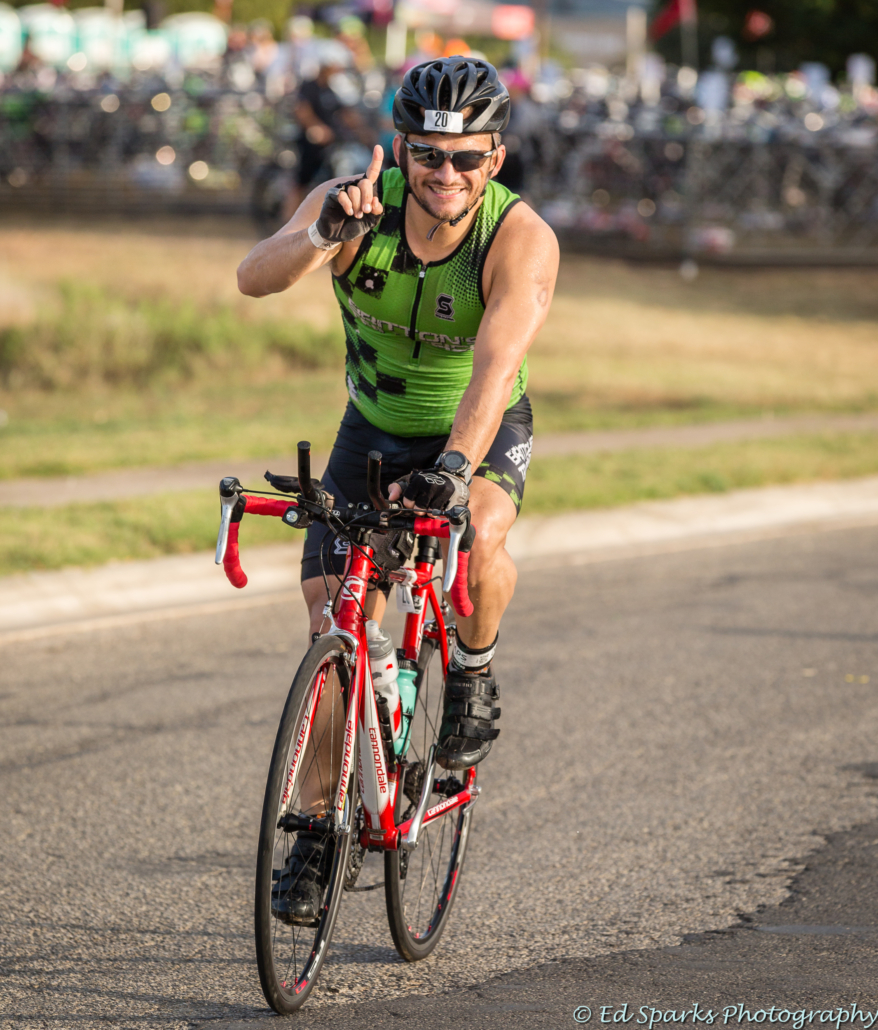Learn about TPI and make sure your bike has the tires you need
Curious about TPI? So are a lot of other cyclists and triathletes. In short, TPI stands for Threads per Inch. Take the time to learn about TPI, how it can impact your ride, and what bike tires we recommend. This knowledge can be beneficial during your Kerrville Triathlon training!
Tires are made with threads. Lower-end tires have lower counts which tend to make them heavier and provide a harsher ride. Higher-end tires have higher thread counts which allow them to ride smoother and contour to bumps on the road better. On some tires, the threads are mixed in with Kevlar or some other type of durable fabric. This makes them more resilient to flats. It is important to note that a higher TPI tire is not more prone to flats than a lower TPI tire. No matter what the threads per inch is on your tires, there are steps you can take to prevent flat tires.
Threads per inch and the tires you need
Tires with lower threads per inch are less expensive and are more common for training use. Higher TPI tires are more expensive and tend to be used for racing or for riding roads where you are looking for a smoother ride.
For a great low TPI tire, we recommend the Vittoria Zaffiro Tire. For those of you looking for the high TPI tire consider the Vittoria Diamante
, the Vittoria Open Corsa
, the Vredestein Tricomp
, or the Continental Grand Prix 4000
.
Check with James Balentine at City Limit Cycles to see if these tires are still good options.

